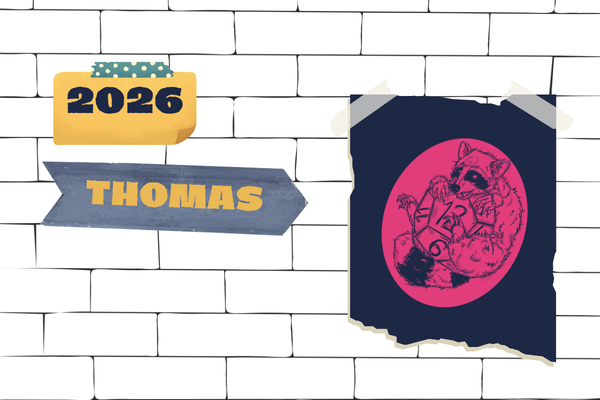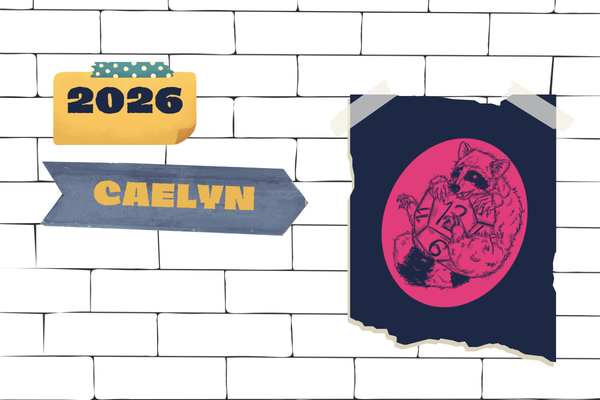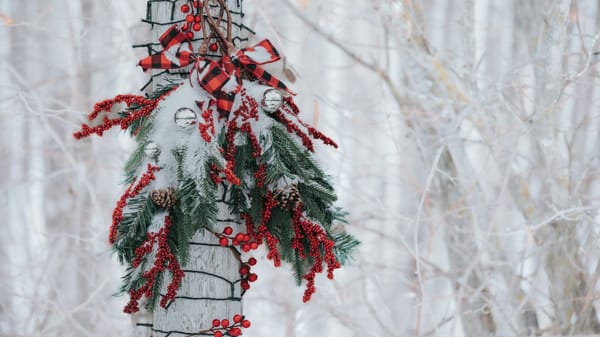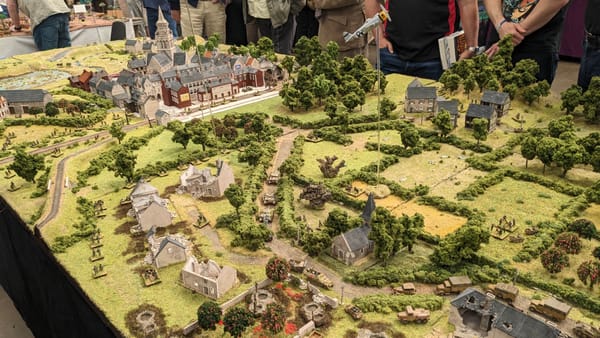Draw Steel sets new standards for alt text in their books
A deep dive into what an Art Description is, how it works, and who it’s for, including an interview with alt text writer, Jen Kretchmer.
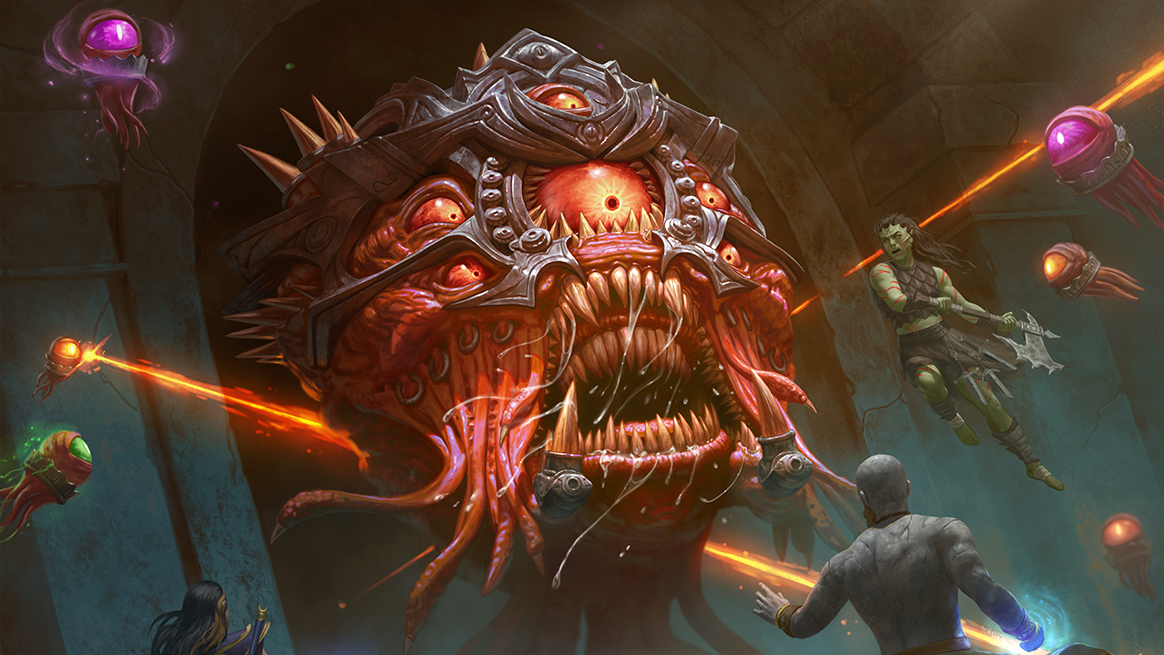
Draw Steel, the new RPG from MCDM, was officially released on Thursday, July 31, at Gen Con. Amid the flurry of social media posts and announcements, they also released a brand new Art Description Guide, which lays out their standards for alt text and image description in the game. James Introcaso, the design lead on Draw Steel, stated on Bluesky that this was written in collaboration with Jen Kretchmer, Katriel Page, and Marilee Talkington. The Guide says that it was written to ensure that the low-vision and blind communities could enjoy the artwork within the books to the fullest extent, and so that the artists who worked on the pieces don’t feel as if their work is inaccessible.
The Guide is an incredible piece of work that describes not only how to make visual images accessible, but also how to write in a way that is considerate and inclusive. There are references to scholarship on discussing skin tone, body type, and even how to accurately depict different species without drawing from real-world negative stereotypes. The entire document is a creative way to “speak fantasy” without injecting real-world cultural bigotry into the descriptions, keeping the tone as neutral and informative as possible.
Art descriptions won’t start and end on the page; they will be connected to a larger, living glossary text that the Draw Steel team will keep on hand as a reference. This means that when the art description includes a specific species or weapon — such as a bredbeddle or pilum — the glossary will be able to go into detail about what those things look like, while allowing the description to use the most accurate language possible.
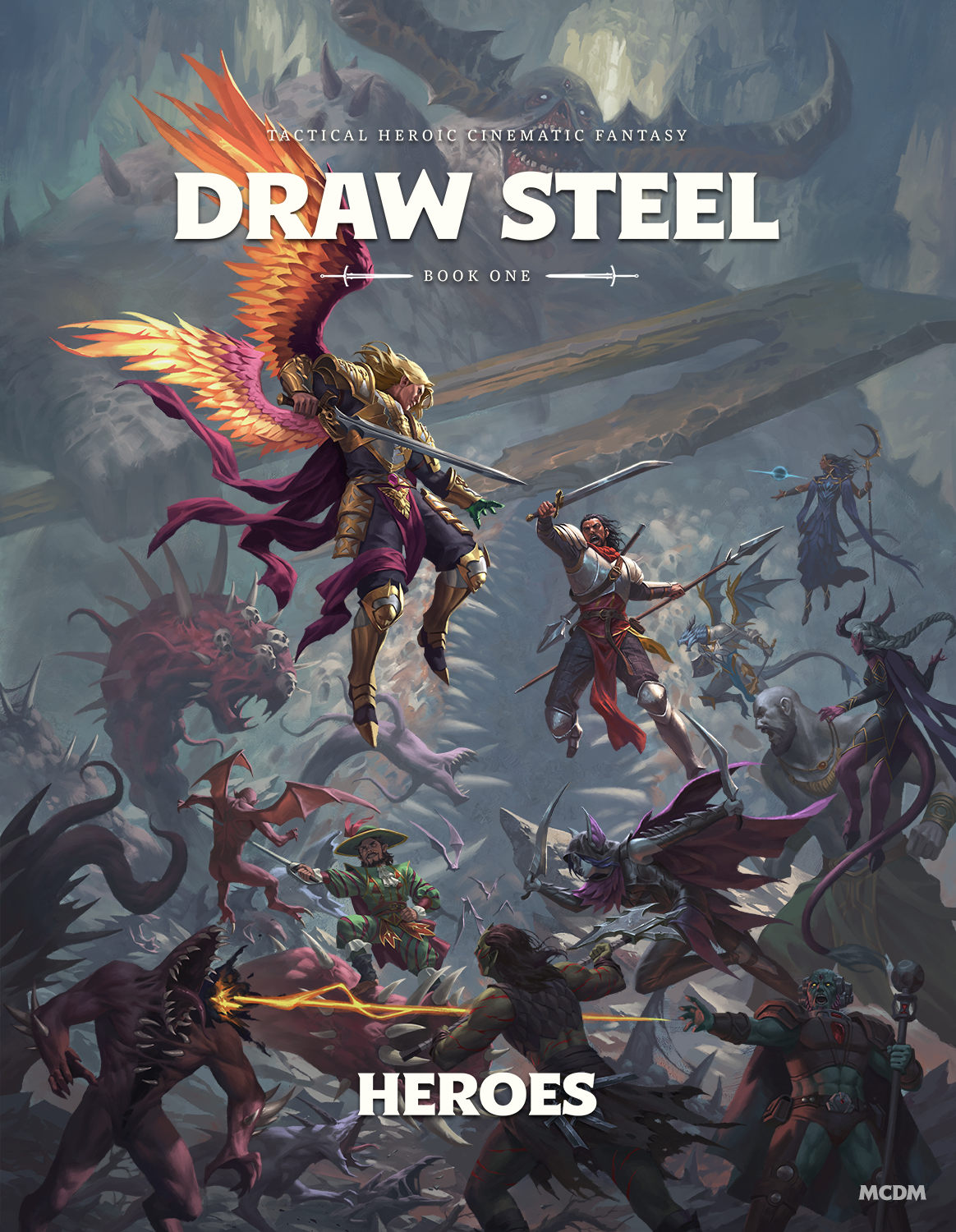
Additionally, the art descriptions themselves will follow a standardized format, with art description techniques “used at the Smithsonian’s Cooper Hewitt Galleries and the National Gallery of Art, as well as image description techniques from several other specialized fields like architecture, science, and cartography,” and implementing a specific order for the description. Each art description will start with a 15-word blurb that is what we would typically imagine the alt text to be. Then the text will give a deeper, more “immersive” description, which may, according to the Guide “discuss art styles and techniques, more detailed description of the clothes, buildings, creatures, or landscapes.”
The intention in these descriptions is to create an “equitable experience in a non-visual format.” Draw Steel hopes that by providing descriptions that are “more visceral and tactile, using metaphor or other poetic devices to help translate the experience [of] someone looking at the piece visually.” It’s clear a ton of work went into this new system, and when Rascal was able to get in touch with Jen Kretchmer, the alt text writer and designer, we were delighted to add onto this article.
Rascal was able to interview Jen Kretchmer via email about this project. The following answers have been edited for length and clarity.
Lin Codega: When were you approached by MCDM to consult, and what was that process like?
Jen Kretchmer: James reached out to me about writing alt text for the books in April. I was not brought on as a consultant on the books, but rather specifically to write the alt text — I think this is an important distinction, because I did not work with or give feedback on the game material, text, mechanics, or art at all. My focus was purely on description for the 300-ish pieces of art (at the time — we ended up with over 450, I believe). When I came onboard, the expectation was that I’d be writing traditional alt text.
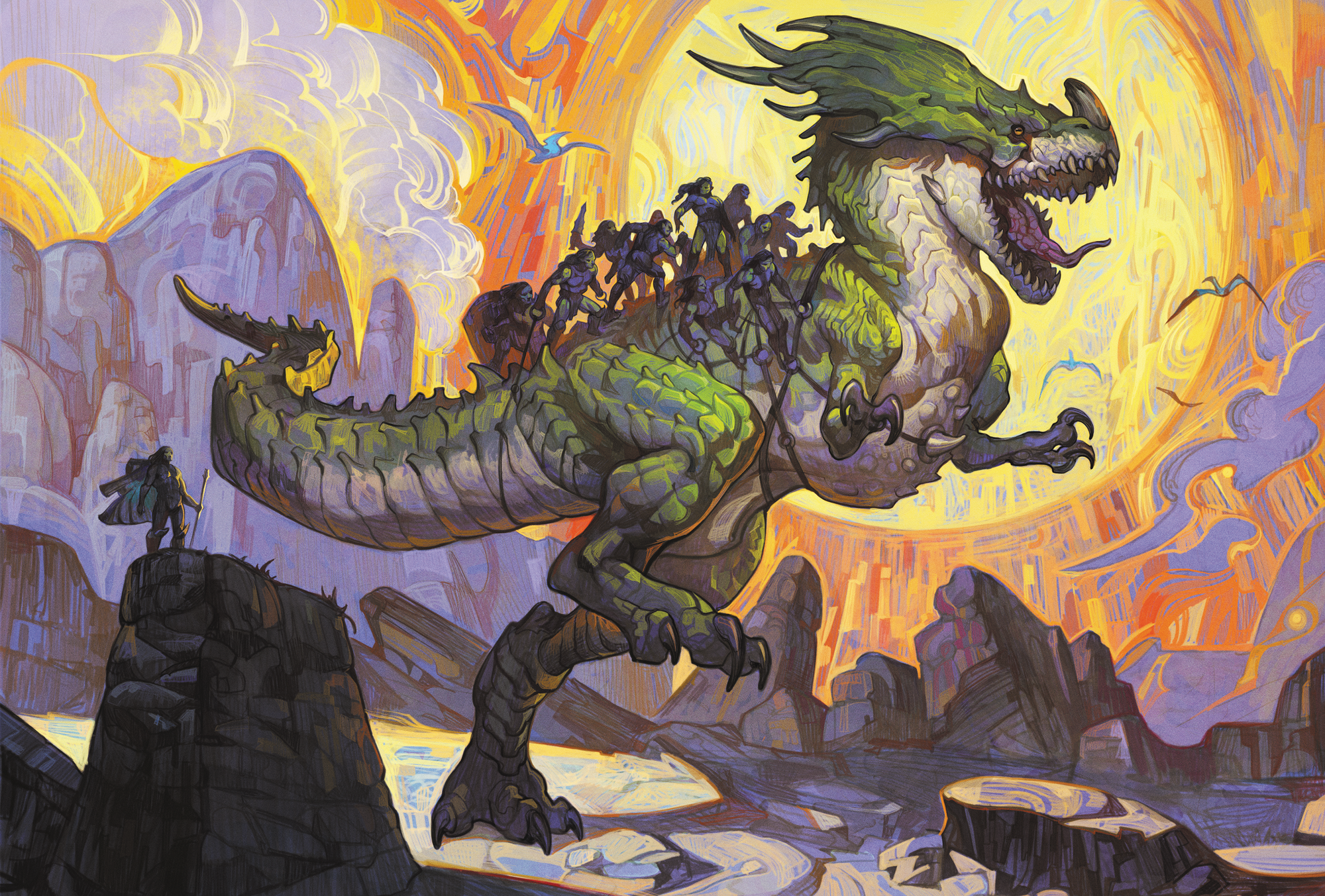
Codega: Did you develop this format or is this based on another guide?
Kretchmer: I developed this format as it became apparent that the art in this book was so beautiful and stylistically varied, but also so complex that typical alt text was not sufficient to communicate either the content or the style of the work adequately or accurately. Because the art included pieces that were, for example, painted in a Fauvist style (the Scyza in the Monster Book) I hybridized best practices from art museums (primarily the Cooper Hewitt, the Smithsonian Design Museum’s standards, and the National Gallery of Art’s Guidelines), but also pulling from science and architecture best practices.


